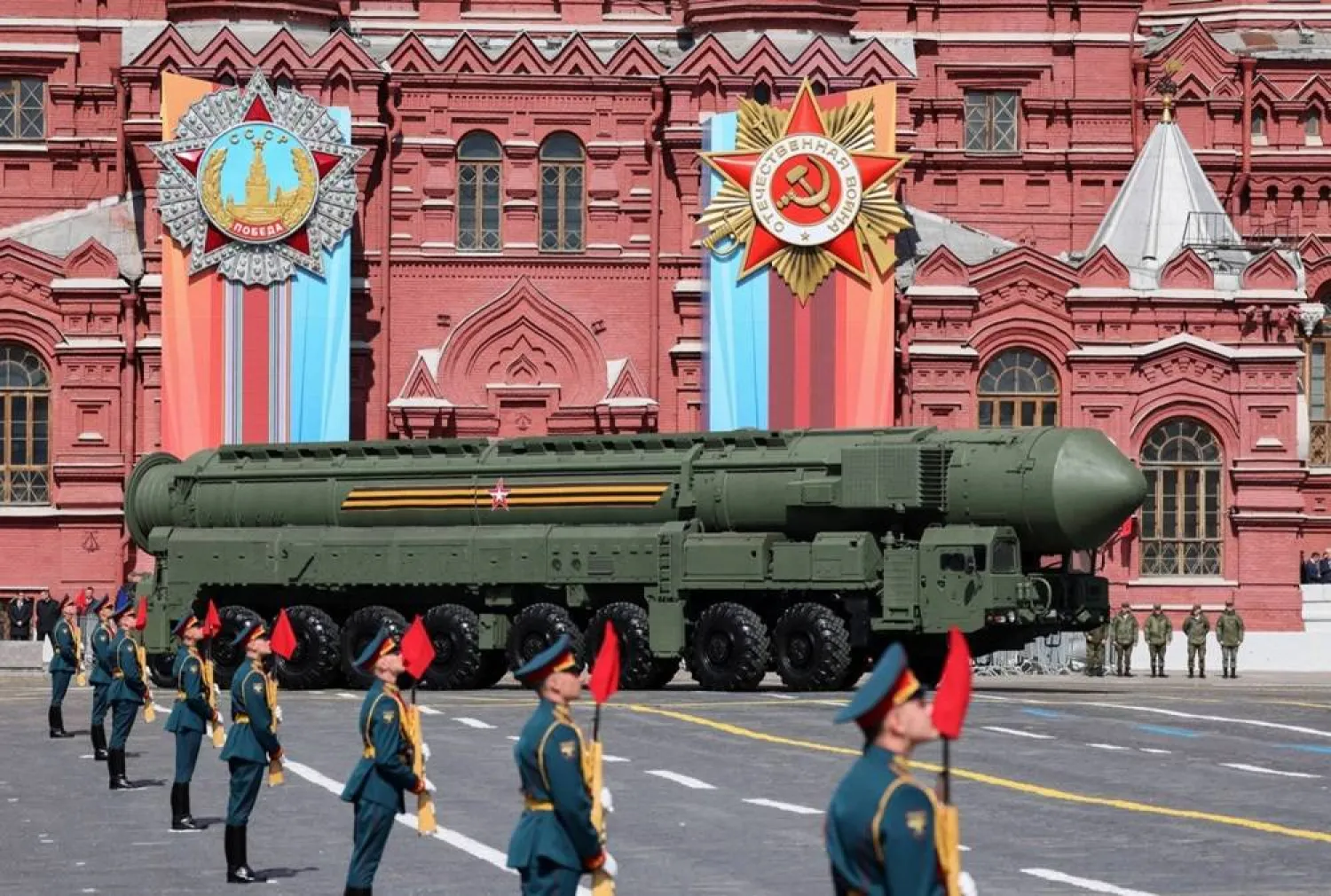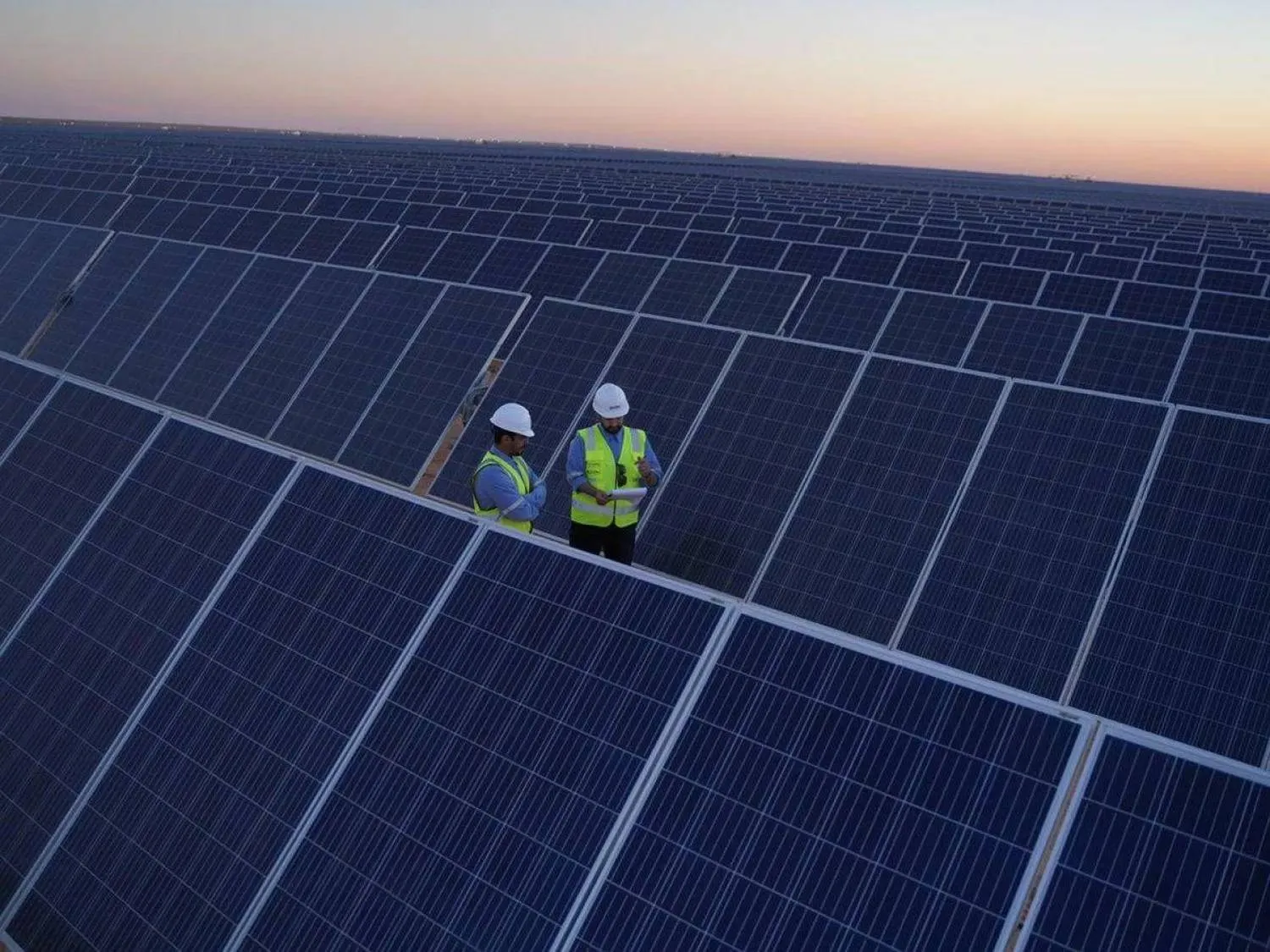President Vladimir Putin’s remarks on Tuesday about revising Russia’s nuclear doctrine triggered immediate reactions in global financial markets, as investors rushed to safe haven assets.
Putin issued a warning to the US lowering the threshold for a nuclear strike after the administration of Joe Biden reportedly allowed Ukraine to fire American-made long-range missiles deep into Russia.
The Russian President’s warnings sent markets to extreme volatility.
In this context, global stocks sharply fell while gold prices and the Japanese yen climbed amid rising geopolitical tensions between Ukraine and Russia.
Kremlin spokesperson Dmitry Peskov said Tuesday, “The Russian Federation reserves the right to use nuclear weapons in the event of aggression against it or the Republic of Belarus, ... with the use of conventional weapons, in a way that poses a critical threat to their sovereignty and (or) territorial integrity.”
The spokesperson further said that Russia would view the use of Western non-nuclear missiles by Ukraine as an attack by a non-nuclear state with the support of a nuclear state against the country, potentially justifying the use of nuclear weapons by Moscow, according to NBC news.
Rise of safe-haven assets
Global stocks briefly fell and investors fled to safe-haven assets on Tuesday, as global markets reacted to escalating tensions between the world's two largest nuclear powers: Russia and the US.
Investors rushed to safe-haven assets including gold and the Japanese yen.
Wall Street’s fear index, the Chicago Board Options Exchange’s CBOE Volatility Index, jumped to 17,88, its highest level since the November 5 US elections. It then fell to 16.61.
The Dow Jones Industrial Average shed 327 points, or 0.7%. The S&P 500 and Nasdaq Composite lost 0.5% each. Treasurys increased as investors moved into the safe haven, driving yields lower.
Europe's main stock index touched its lowest level in three months on Tuesday, spurring investors to head to safer havens.
The pan-European STOXX 600 closed 0.9% lower, after logging a third straight day of losses.
Metals and currencies under pressure
Meanwhile, base metals prices came under pressure on Tuesday as some investors chose safe-haven assets due to signs of escalating tensions between Russia and the United States over Ukraine.
Three-month copper on the London Metal Exchange (LME) fell 0.3% to $9,042 per metric ton in official open-outcry trading. Spot gold prices rose by about 1%.
Meanwhile, LME aluminium prices were stable at $2,607 in official activity as the market digested China's plan to remove a tax refund on exports of some aluminium products.
Lead lost 0.4% to $1,983 due to the second day of a significant inflow of the metal to the LME-registered warehouses in Singapore.
Zinc fell 0.1% to $2,947.5, tin eased 0.4% to $28,900 and nickel rose 1.2% to $15,915.
In currency markets, the Japanese yen rose 0.7% and 0.36% against the euro and US dollar respectively.
“Typical risk-off move in forex following the headline,” said Athanasios Vamvakidis, global head of forex strategy at Bofa, referring to the reaction to the Kremlin statement.
“The market has been complacent on geopolitical risks, focusing on other themes,” he added. “Positioning has been a long risk, getting even more stretched after the US elections.”
In return, crude oil futures were down slightly. A barrel of West Texas Intermediate, scheduled for delivery in December, fell 0.53% to $68.79.
Meanwhile, the price of a barrel of Brent, scheduled for delivery in January, fell 0.38% to $73.02.









